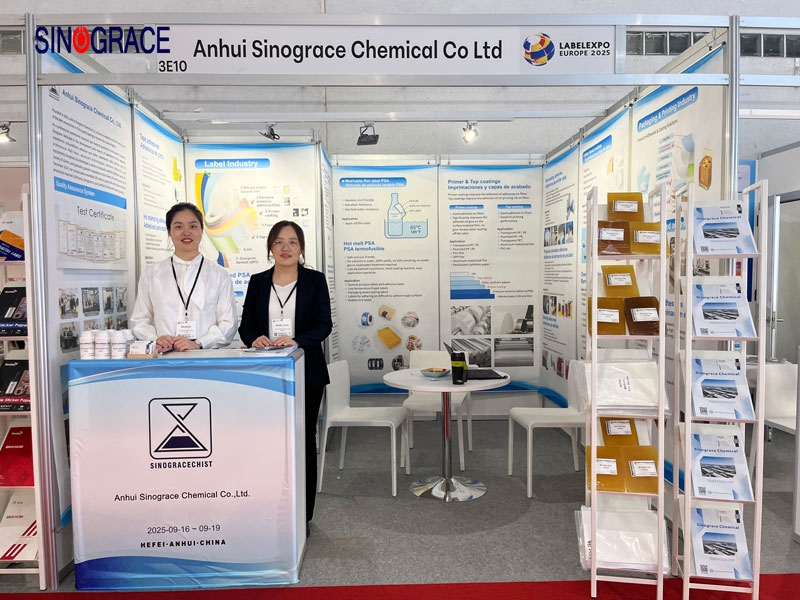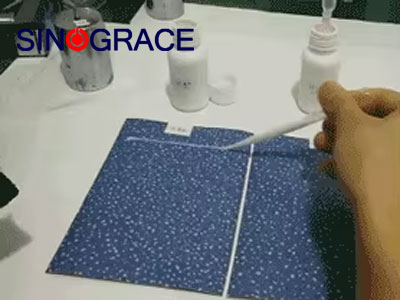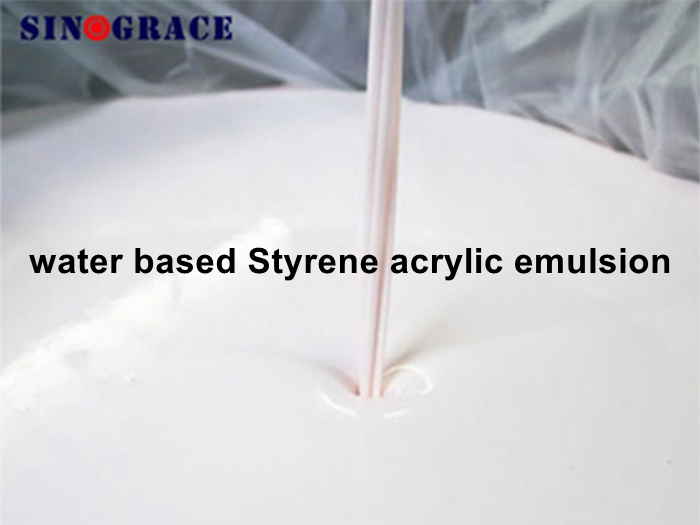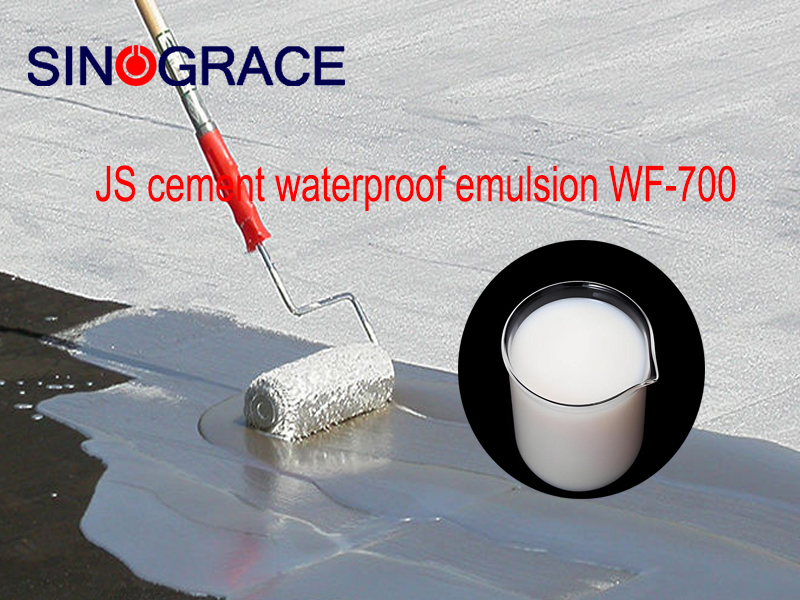Advantages and Disadvantages of Acrylic Waterproof Coating
Acrylic waterproof coating is a single-component water-based coating made by mixing pure acrylic polymer emulsion and other additives. After curing, the coating can form a waterproof film. Its extensibility, plasticity, crack resistance and weather resistance can achieve waterproofing, seepage prevention, protection and other functions. This coating has good temperature adaptability, is easy to use, and is convenient for maintenance and repair. Advantages: 1. It has excellent weather resistance, heat resistance and UV resistance properties. It remains largely unchanged within the temperature range of minus thirty to eighty degrees Celsius. It has good ductility and is suitable for minor cracks and deformations in the substrate. 2. It can be made in various colors as needed. The waterproof coating also has functions such as decoration and heat insulation. 3. This waterproof material is environmentally friendly and non-toxic, and is harmless to the human body. 4. The construction is convenient, the construction period is short, and maintenance is also easy. 5. Suitable for wet foundations, with excellent air permeability. Disadvantages: Since the base layer uses solvent-based adhesives, it is difficult to control the drying time during the construction process. Moreover, if left for too long, it may result in poor adhesion and incomplete coverage, leading to water seepage. Acrylic waterproof coating has a wide range of applications; it is used in roofs, bathrooms, basements, wooden floors, and waterproofing, etc. The construction process of acrylic waterproof coating The base layer must be flat and clean, without any obvious dust or oil stains. Moreover, the corners should be rounded. To prevent leakage during use, the cracks in the pipes should be sealed, which will significantly enhance the waterproofing effect. 2. Generally, there are three methods: one is to dry first, then the next one, and then the other one. After the second drying, do the third drying again, perpendicular to the second one. Of course, if there are higher requirements, do it one more time. However, the final scrubbing should last for about 24 hours until it is completely dry. Sinograce Chemical supplies pure acrylic polymer emulsion. It is suitable for polymer cement waterproofing slurry and polymer cement waterproof sand. Welcome to make your purchase.
read more

 English
English français
français русский
русский español
español العربية
العربية








